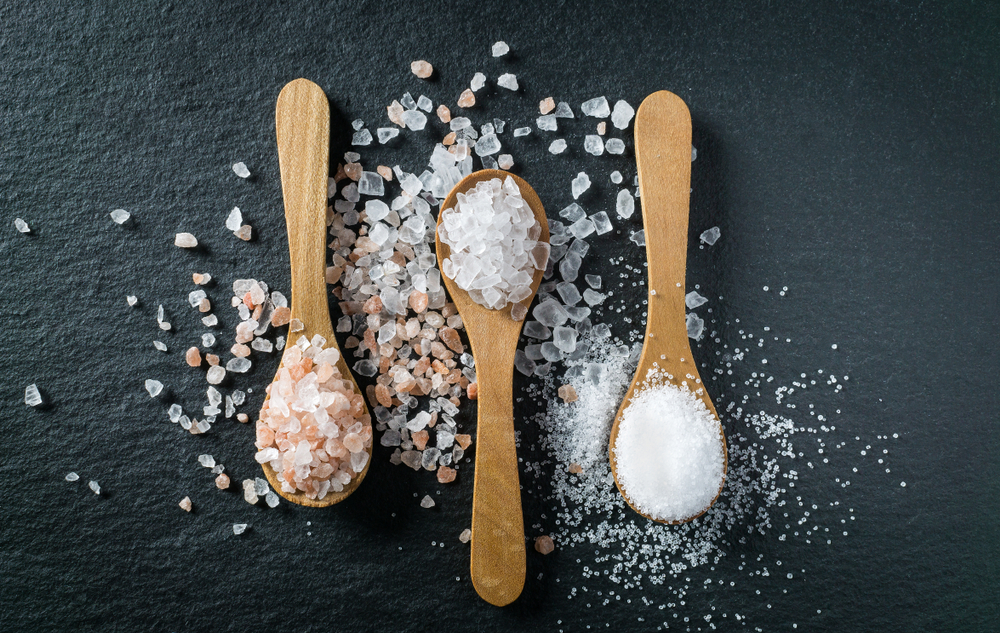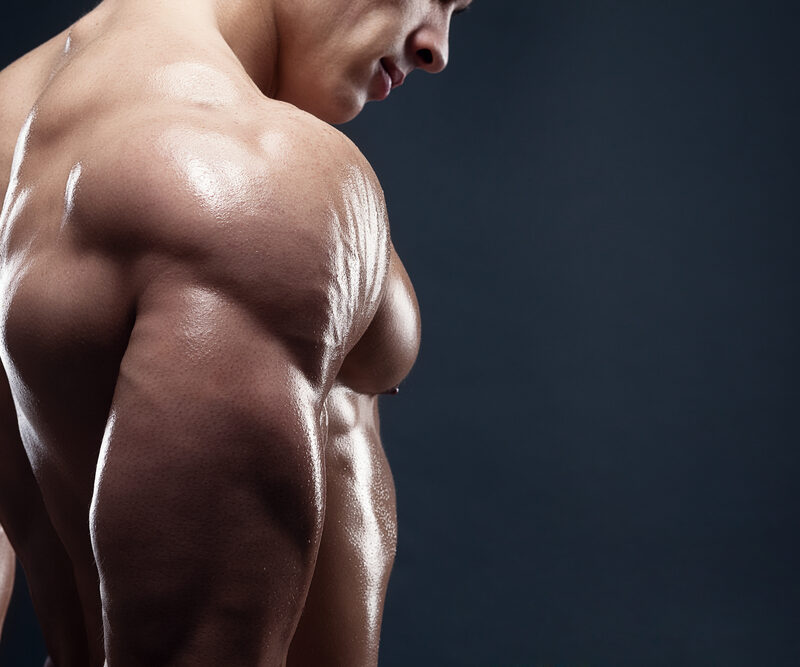If you’ve been having a harder time gaining muscle and staying full on a ketogenic diet, it’s inevitable that some skepticism is gonna surface. Maybe you’re seeing that your muscles are flatter than what you’re used to or you’re a little groggy and drained all the time.
You might be worried about your protein intake being too low, but you’re too scared to raise it in fear of getting kicked out of ketosis, so you’re terrified of trying out any method that isn’t guaranteed to help you. Well, here are some of our top tried and true methods to staying full on a ketogenic diet!
Let’s start with the easiest one: being patient. If you’ve just started out on a ketogenic diet, and you’ve been going to the gym for a week, yet you’re noticing that you’re getting flatter muscles even though you’ve been pushing yourself harder every day, then you have to understand that the keto adaptation period takes at least two weeks!
We recommend watching “Can You Gain Muscle on a Ketogenic Diet?”, and if you’re already in that ketosis state, (and trust us, you’ll know when you’re in it), then you should be looking at a number of things in order to stay full while on a ketogenic diet, starting with sodium.
Regulating Your Sodium Intake to Stay Full

What a lot of people don’t know is that for every gram of carbs you store in your muscle, you’re actually storing 3 grams of water with it. The thing is, when you’re starting out on a ketogenic diet, your glycogen and carb stores will drop.
And once you’re depleted down to 50% of carb stores, your muscles will inevitably lose a lot of fluid and become flat. Don’t panic when this happens, as within 4-6 weeks your glycogen stores will naturally replenish.
There’s another issue related to your carbohydrates lowering–it’s that your insulin will also lower. Insulin is primarily a storage hormone that doesn’t just store carbs and fat, it also helps us retain sodium!
Since your insulin will lower, you’ll end up excreting sodium at a very high level. Sodium, in turn, helps you retain fluid, so losing such a high amount will also lead you to become flatter. We recommend extra salt to your food while on a ketogenic diet; this allows your body to hold water, and that will allow you to get fuller and get bigger pumps!
The Effect of Keto on Your Workouts
Just because you’re on a ketogenic diet doesn’t mean that you should let it affect your pre-workout! Besides salting your foods a lot more, you could take creatine and citrulline pre-workout–this will help shuttle proteins into the muscle.
Studies have also shown that when you take a certain number of carbs per workout, you won’t necessarily be kicked out of ketosis! You just have to keep your threshold in mind.
Targeted ketogenic dieting is a form of the ketogenic diet in which you take small amounts of carbohydrates right before your workout–anywhere between 10-20g of carbs–to get an energy boost.
The reason is that while you’re in a ketosis state, your body is extremely insulin sensitive, so by stimulating just a little bit of insulin, you’ll find that you’ve become vascular and your veins will dilate to help you shuttle nutrients into the muscle.
The icing on the cake is that if you take a little bit of carbs before going into the weight room, lifting gives you that adrenaline response, and adrenaline counters the fat storage element of insulin.
Protein Cycling on Keto
If you’re worried about increasing your protein intake and unintentionally kicking your body out of ketosis, yet you’re disappointed with your muscle gain because your protein intake is much lower than you’re used to, we’ve got a solution just for you.
What you need to be doing in order to maximize your gain is protein cycling. This is when you switch the percentage of your protein intake every day. One day, you’d only have a 20% protein intake, the next day would be a more moderate 30% protein intake day, and your high day would be 40% protein intake.

We recommend to cycle your protein consumption like the following: 1 high day (40%), followed by 2 moderate days (30%), and ending the cycle with 1 low day (20%). By cycling protein, you’re staying in an optimal ketosis state long enough to allow you to recover, super compensate, and gain a lot of muscle.
We hope this article has shown you how you can apply a ketogenic lifestyle to your bodybuilding exercises, make gains on a low carb diet, and actually stay full in the gym!








